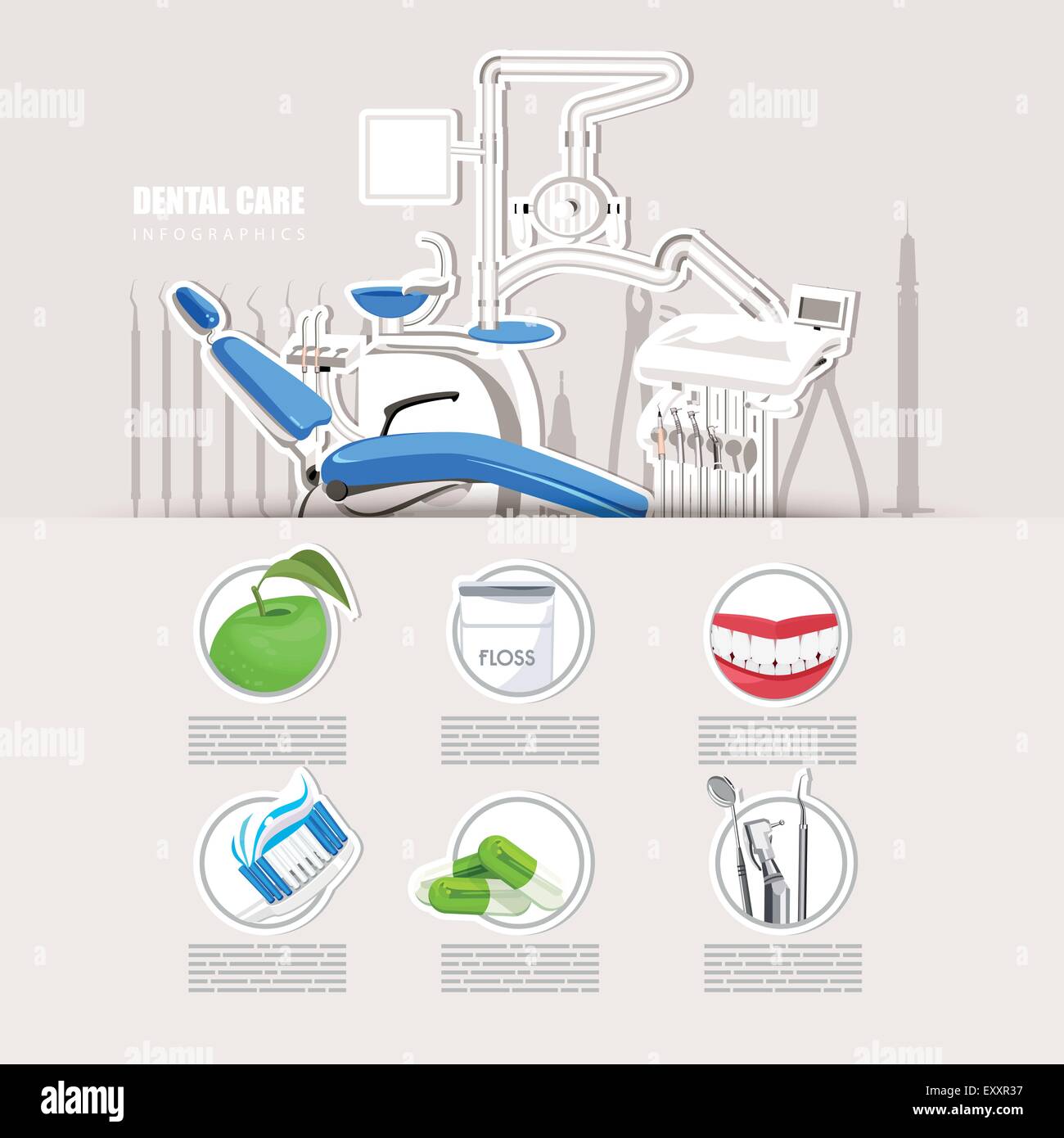The Development Of Oral Surgery: Pioneering Technologies And Proceeds Defining The Field
The Development Of Oral Surgery: Pioneering Technologies And Proceeds Defining The Field
Blog Article
Web Content By-Kokholm Schultz
Welcome to the world of dental surgery, where developments and breakthroughs are shaping the future of the area! In this exciting realm, you'll witness the transformative power of robotics, the innovative marvel of 3D printing, and the game-changing influence of minimally invasive methods.
The future of oral surgery holds an assurance of precision, performance, and enhanced patient end results. With the help of sophisticated robotics, surgeons have the ability to do intricate procedures with better accuracy and control.
3D printing innovation is changing the creation of dental implants and prosthetics, offering customized options that fit seamlessly into each individual's one-of-a-kind makeup.
Additionally, minimally intrusive methods are reducing post-operative pain and recovery time, allowing patients to go back to their every day lives faster.
Prepare yourself to check out the exciting technologies and advances that are reshaping the landscape of dental surgery!
Improvements in Robotics
One significant development in dental surgery is using robot innovation, which allows for specific and reliable surgical procedures. With the help of robot systems, oral cosmetic surgeons have the ability to perform intricate surgeries with enhanced accuracy, minimizing the threat of human error.
These robotic systems are outfitted with advanced imaging modern technology and accurate tools that allow doctors to browse via detailed anatomical structures with ease. By making use of robotic innovation, specialists can accomplish better surgical precision, resulting in enhanced client outcomes and faster healing times.
Furthermore, using robotics in oral surgery enables minimally intrusive procedures, minimizing the injury to bordering tissues and advertising faster healing.
3D Printing in Dental Surgery
To boost the area of oral surgery, you can check out the subtopic of 3D printing in oral surgery. https://www.news-medical.net/health/Types-of-Dental-Extraction.aspx has the potential to reinvent the method oral doctors operate and treat individuals. Right here are 4 vital methods which 3D printing is forming the area:
- ** Customized Surgical Guides **: 3D printing enables the creation of very accurate and patient-specific surgical guides, improving the precision and efficiency of procedures.
- ** dentist office in austin **: With 3D printing, dental surgeons can create personalized implant prosthetics that completely fit a patient's distinct composition, causing better outcomes and client contentment.
- ** Bone Grafting **: 3D printing enables the manufacturing of patient-specific bone grafts, reducing the demand for typical grafting techniques and enhancing healing and healing time.
- ** Education and Training **: 3D printing can be used to produce sensible surgical models for educational objectives, allowing dental specialists to practice intricate procedures before performing them on individuals.
With its prospective to improve precision, modification, and training, 3D printing is an exciting development in the field of dental surgery.
Minimally Invasive Methods
To further progress the area of oral surgery, embrace the potential of minimally invasive strategies that can greatly benefit both surgeons and clients alike.
Minimally invasive methods are revolutionizing the area by decreasing surgical injury, minimizing post-operative discomfort, and speeding up the healing process. These strategies include using smaller lacerations and specialized instruments to do treatments with precision and efficiency.
By using sophisticated imaging innovation, such as cone beam of light calculated tomography (CBCT), doctors can properly intend and carry out surgical treatments with very little invasiveness.
Additionally, using lasers in oral surgery permits specific tissue cutting and coagulation, causing reduced blood loss and minimized recovery time.
With minimally intrusive techniques, people can experience faster recuperation, reduced scarring, and improved end results, making it a crucial facet of the future of oral surgery.
Conclusion
So, as you can see, the future of dental surgery is exceptionally promising, with interesting advancements and advances forming the area.
From the improvements in robotics to using 3D printing and minimally invasive methods, oral specialists are reinventing the way they provide treatment.
While some may bother with the potential price related to these improvements, it is essential to keep in mind that these modern technologies ultimately enhance patient results and decrease recovery time, making them well worth the financial investment in the future.
